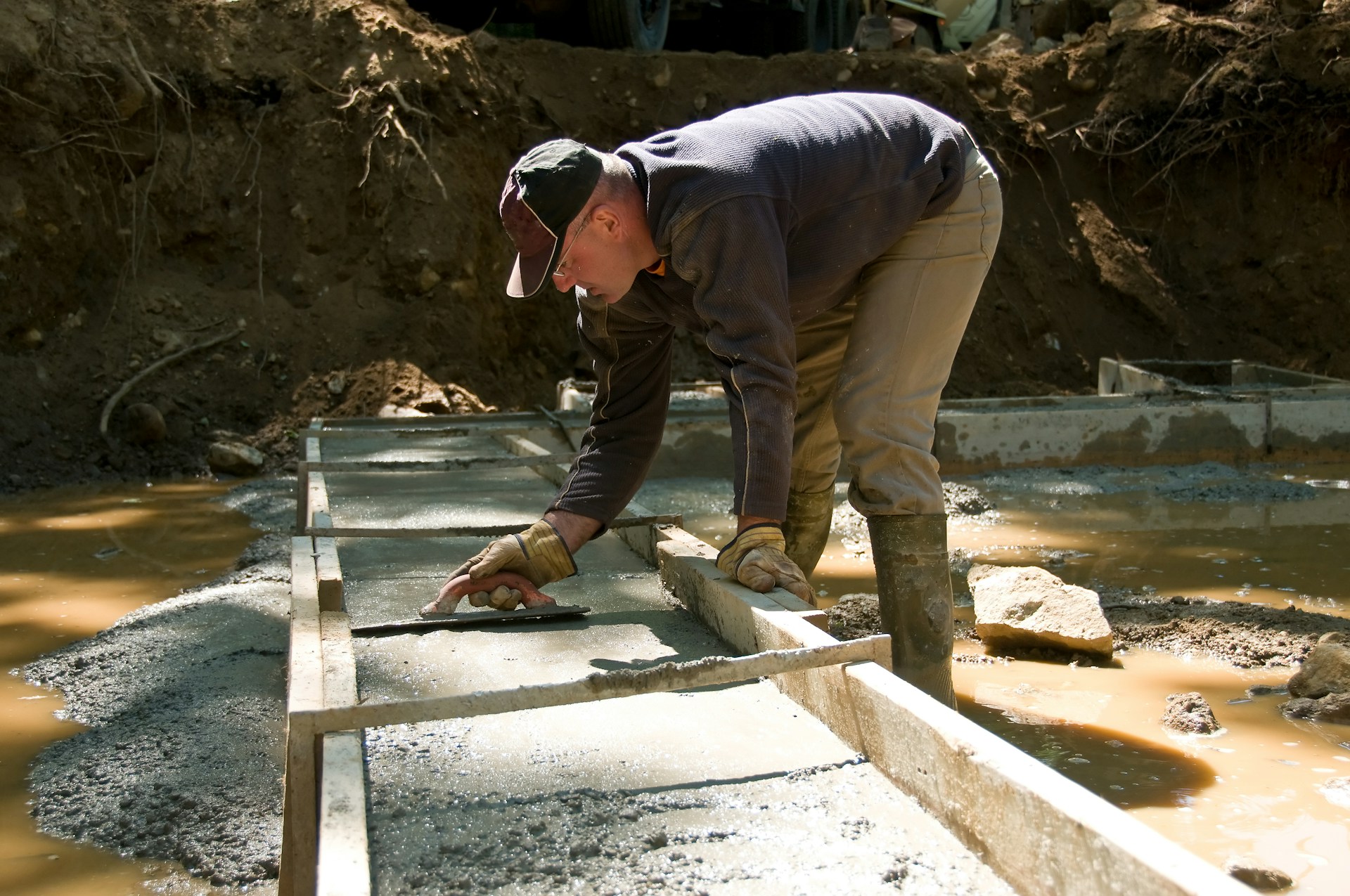For new construction and structural renovation or remediation projects, underpinning is a well-established technique for strengthening existing structure ground support. Fundamentally, this approach involves increasing an existing foundation’s depth to strong, stable soil layers that offer adequate load-bearing capacity. In Florida, it is frequently used to counter sinkhole activity, poor soil conditions or ground drainage problems.
In principle, underpinning seems a deceptively simple method. However, there are many specific techniques with distinct advantages, disadvantages, and risks. As such, any underpinning project must be carefully considered by experienced and qualified geotechnical and structural engineers before proceeding. Inadequate design or application can lead to structural damage and liability for both contractors and building owners.
Situations Where Underpinning Is Used
The aim of underpinning is to create a strong and stable foundation by either deepening and/or widening an existing foundation to impart a load transfer from the foundation to solid ground in order to minimize structural movement.
Repair of Existing Foundations
There exist many structural or foundation issues for which underpinning is a viable remedy. Most underpinning applications benefit from a root-cause analysis by a structural engineer, aided by geotechnical consultation, to choose the correct solution that avoids or mitigates damage.

Commercial or residential foundations may show signs of movement or settling, such as cracks or unlevel floors or walls for many reasons:
- Errors in the foundation’s original design or construction
- Near-surface unconsolidated granular soils unable to support the building load
- Unstable slopes or landslips causing lateral movement
- A subsidence or heave of soil beneath the foundation
- Flooding or tidal erosion that removes soil beneath the foundation
- De-stabilization of soil due to nearby mines or large excavation projects
Mitigation of Nearby Construction or Building Re-Purposing
Underpinning makes otherwise sound existing foundations strong enough to support additional building loads. It also mitigates the effects of nearby or abutting construction projects. These can damage nearby foundations in several ways:
- Vibration damage from heavy equipment or large vehicles
- An alteration to a foundation’s existing load-bearing path
- An adjacent increase in soil loading due to the weight of an abutting building
- Disturbances in subsoil bearing capacity due to deep excavation for basements or sewers
In these cases, correct underpinning prevents short- and long-term movement or settling of the existing foundation.
Underpinning Technique
Where load transfer must occur to ground depths over five meters, the Mini Piled Method is often used. It is particularly successful where soil strata are variable and structure access is restricted. It eliminates excavations risks, such as contaminated spoils disposal. Steel-cased piles are installed by driving. Helical piles are installed directly as augers. In soft soils, piles may be inserted in stages by jacking against the structure load.
Pre-Test Underpinning Preparation
The Pre-Test Method is not underpinning per se but is used to prepare strip or pad foundations before using conventional underpinning. The structure load may be supported by jacking after which soil beneath the foundation is excavated and compacted before applying one of the underpinning methods described above.
Avoiding Underpinning Risks
Underpinning a structure comes with certain precautions and risks. For instance, the underpinning design must account for the structure, seismic and wind loads plus possibly altered load paths. Loading is further complicated where the existing structure is already uneven. As loading the underpinning occurs, unexpected settling and structure deformation must also be anticipated.
Mostly due to a lack of expertise, many construction contractors are unaware of underpinning’s intricacies. Too often, underpinning requirements and detailed drawing are missing from their specification documents. Furthermore, contractors may assume a false equivalence between the permanence of underpinning and temporary construction elements such as roof protection or excavation support.
Finding Your Project’s Best Underpinning Solution
The causes of foundation cracks, movement, and uneven settling are numerous. In Florida, these failures are often caused by incorrect construction or by environmental conditions such as tides, excessive rains, poor drainage, tree roots or sinkholes.
Fortunately, there are several methods that can work in such cases or to prevent foundation damage from close-by construction projects or those that abut an existing structure.
Despite having been around for centuries, structural underpinning is, more than ever, a specialty construction practice best left to the experts and not general contractors. Hiring competent geotechnical and structural engineering professionals who understand the ins and outs of correct underpinning requirements and methods is therefore essential.





